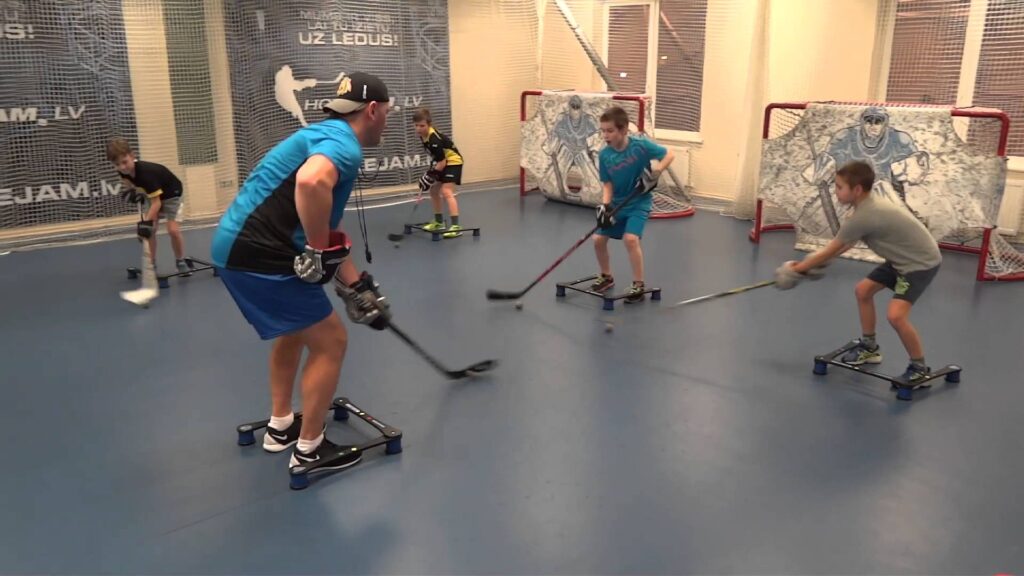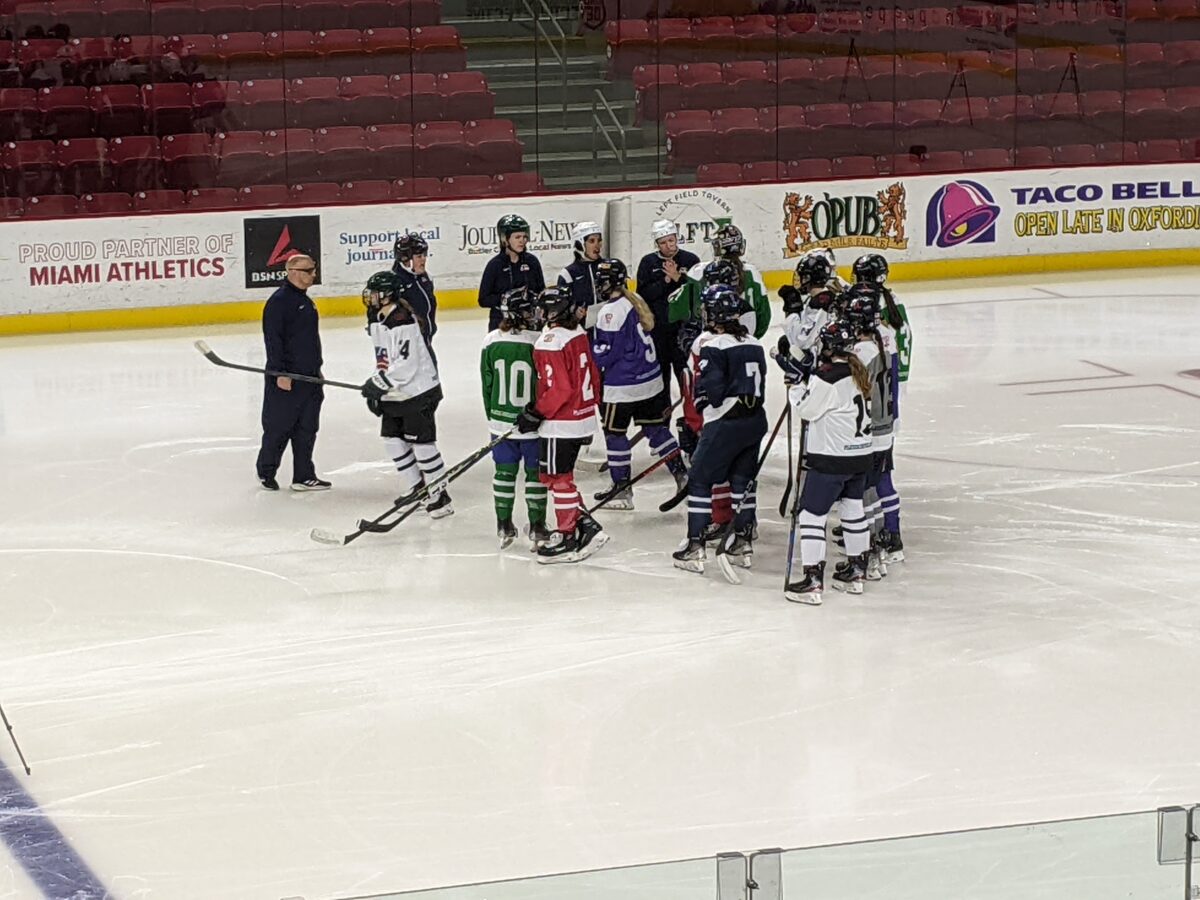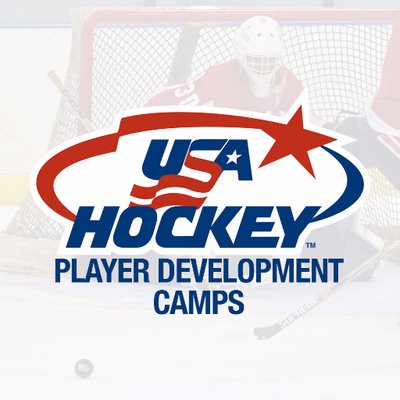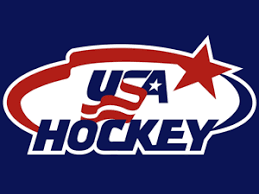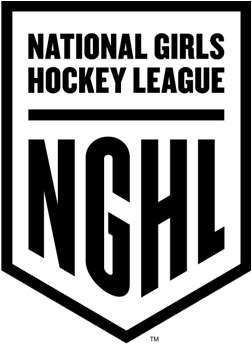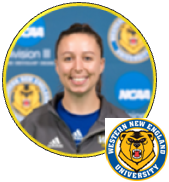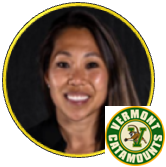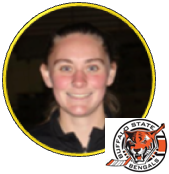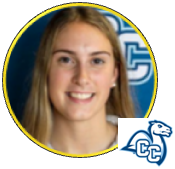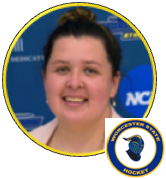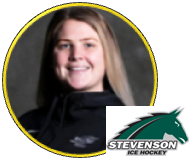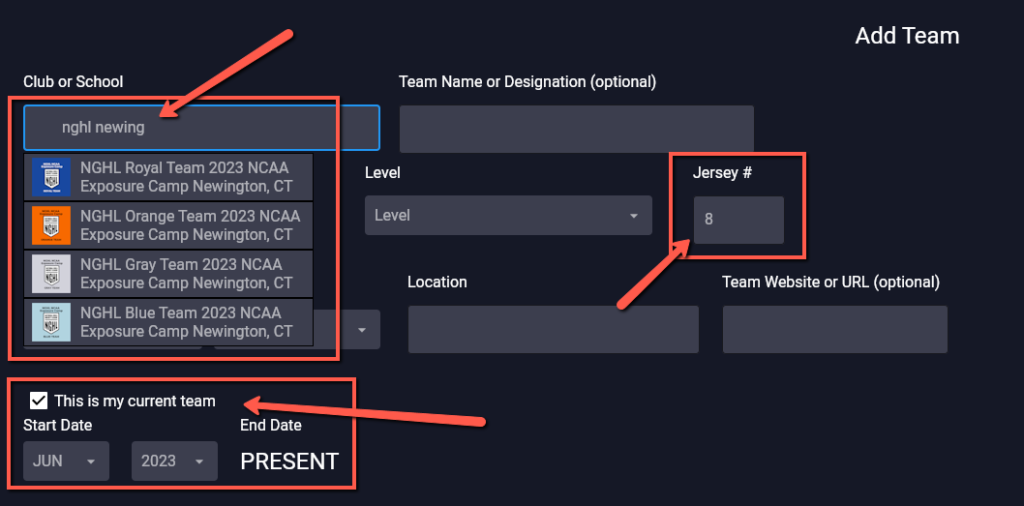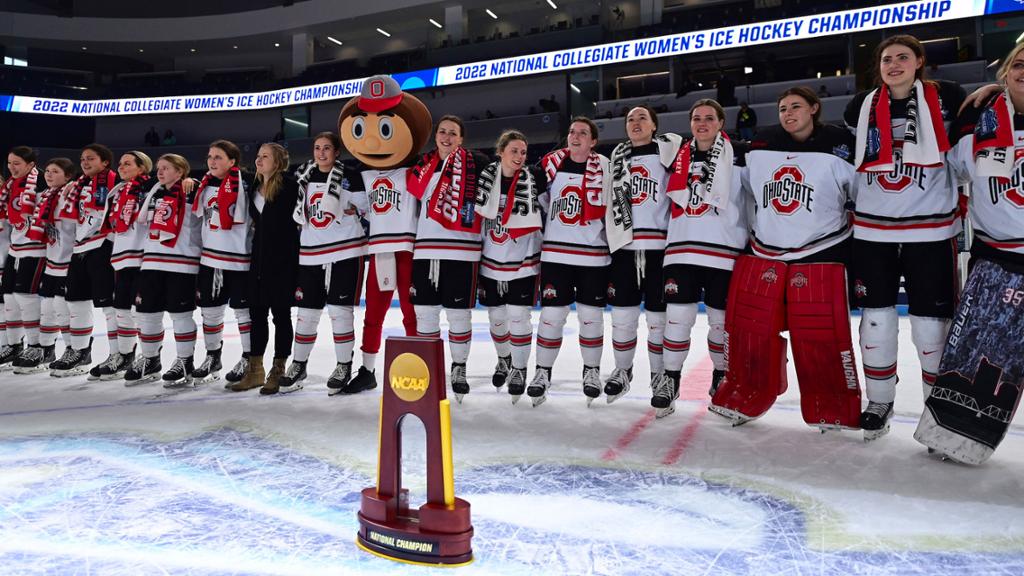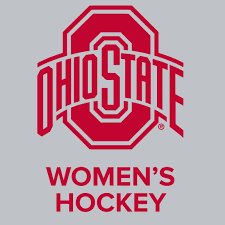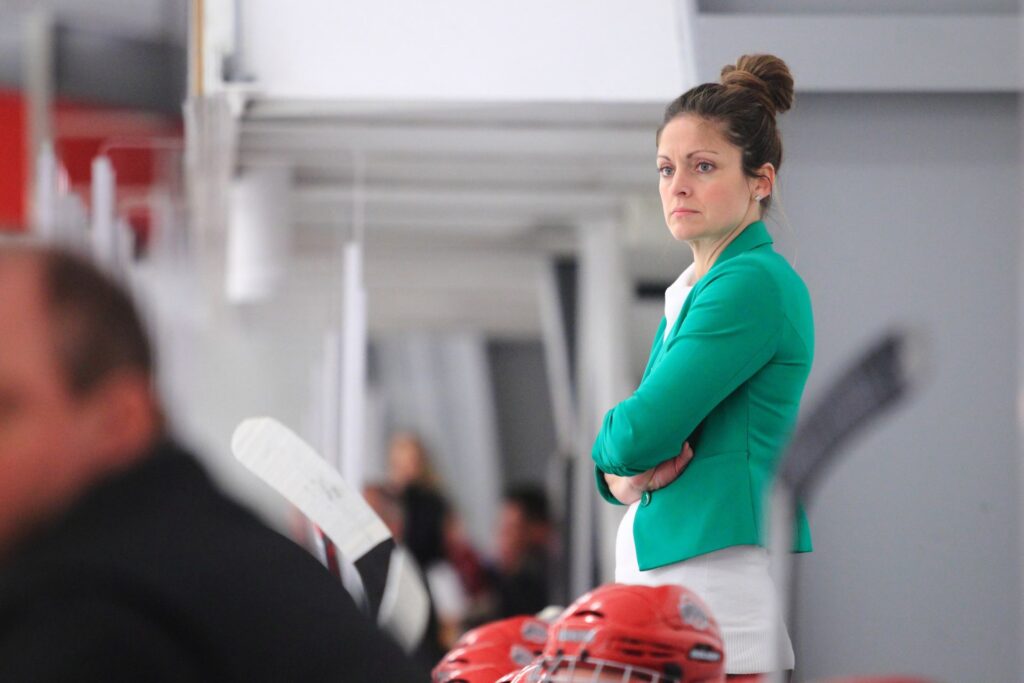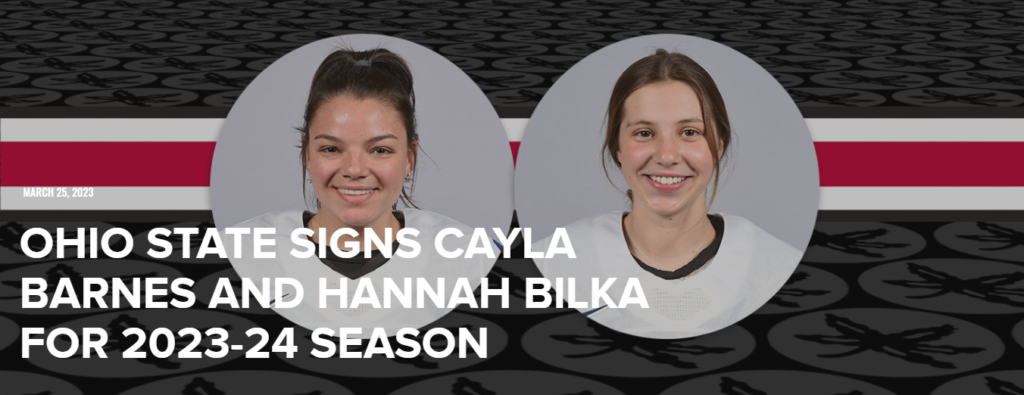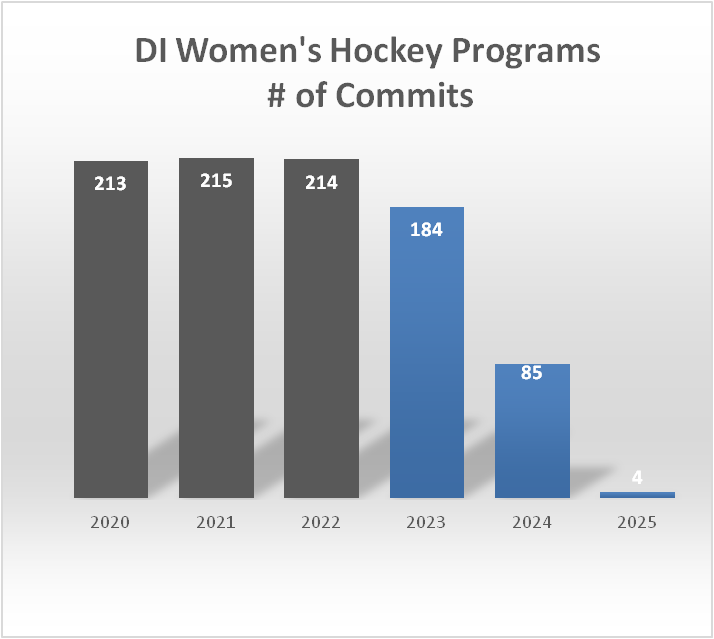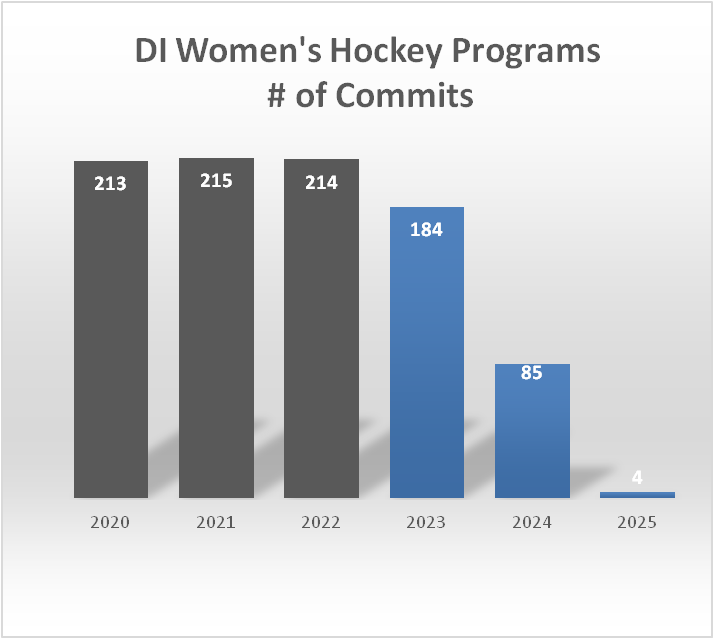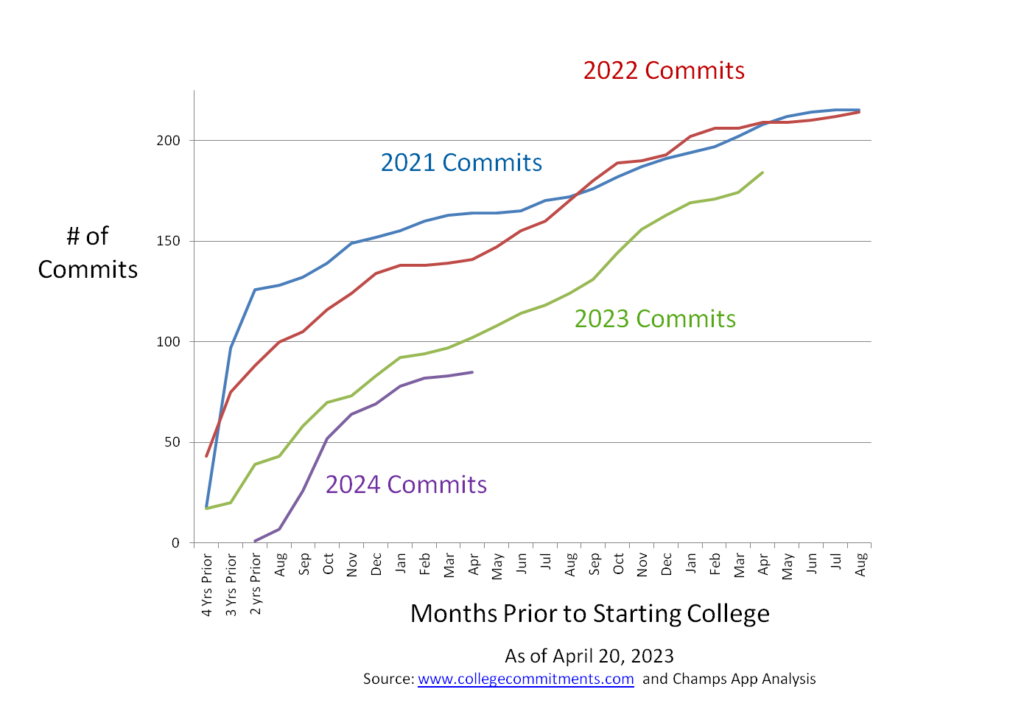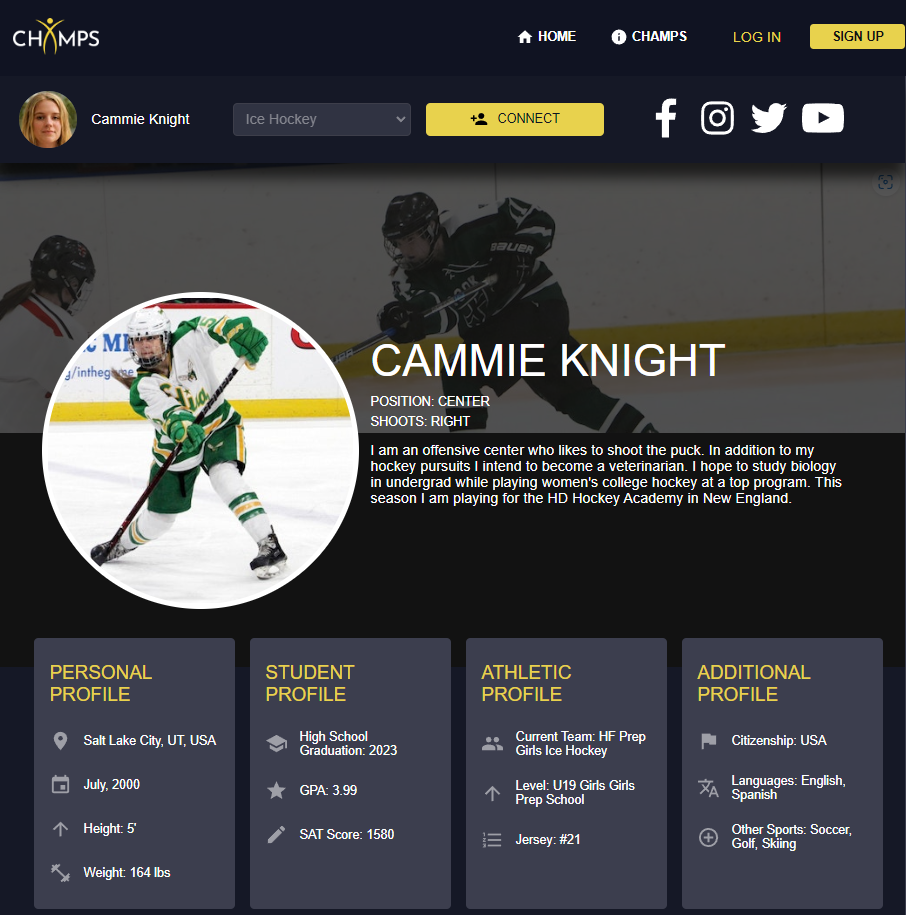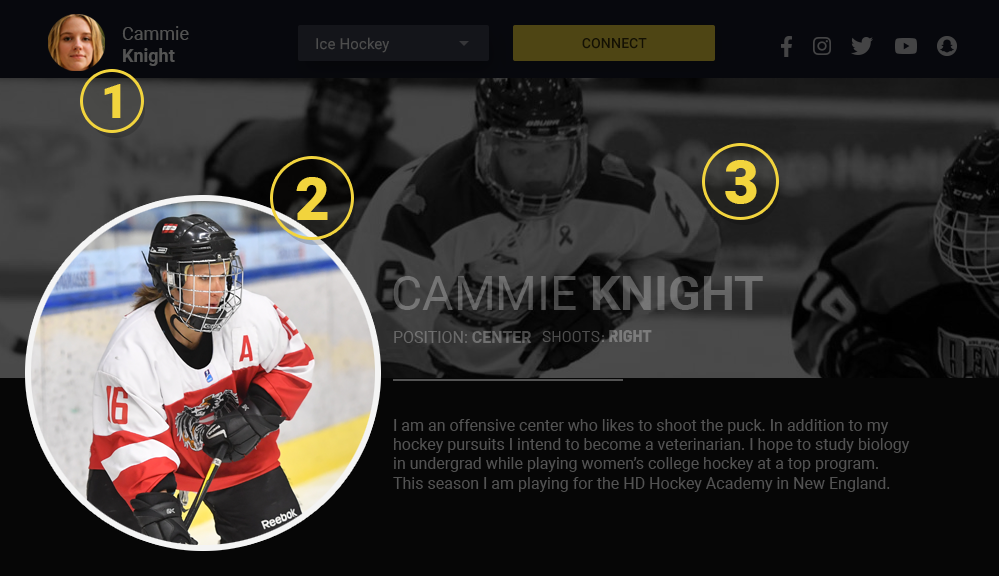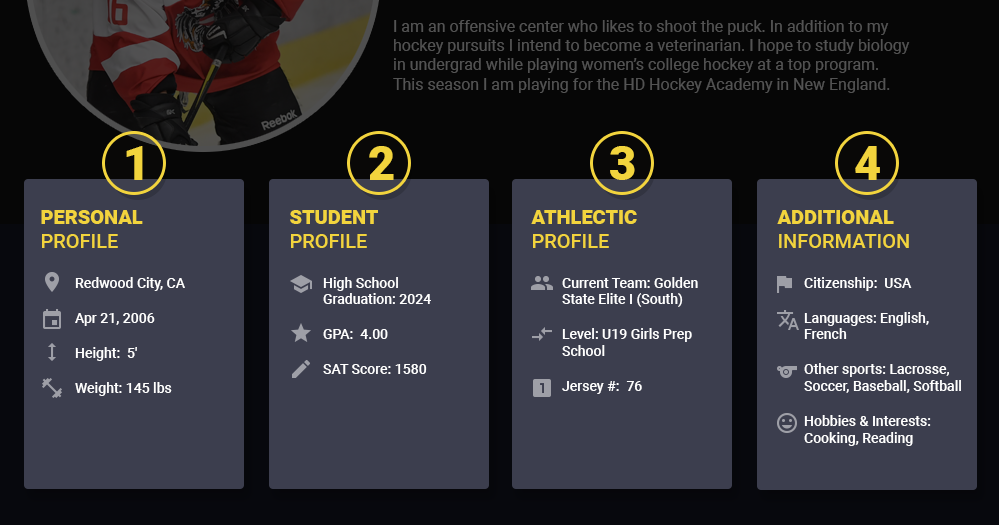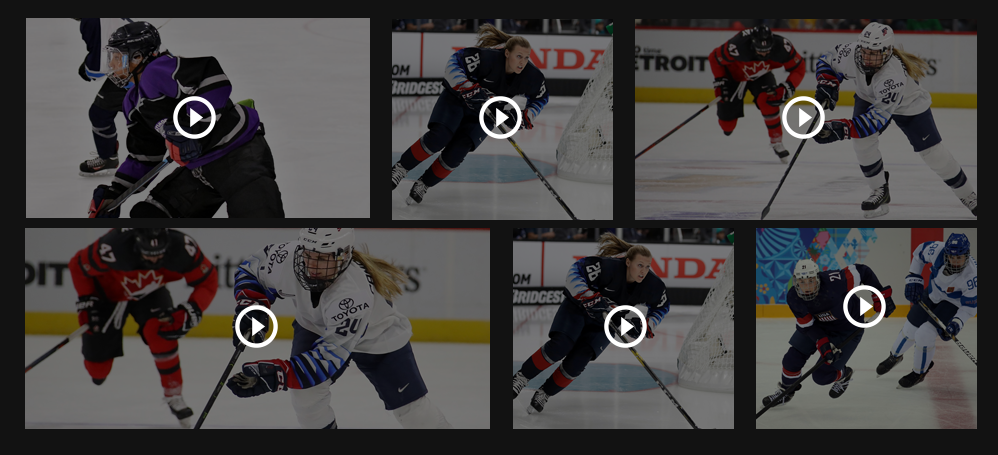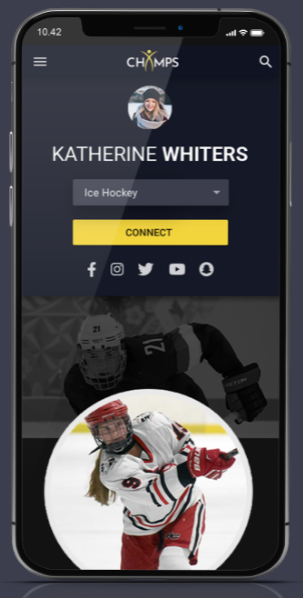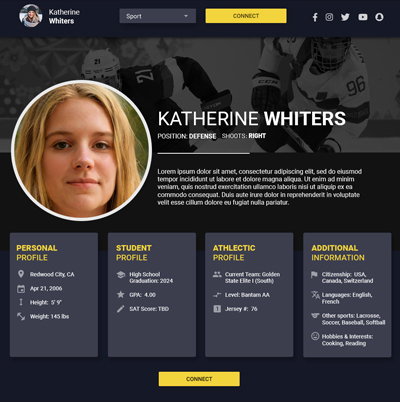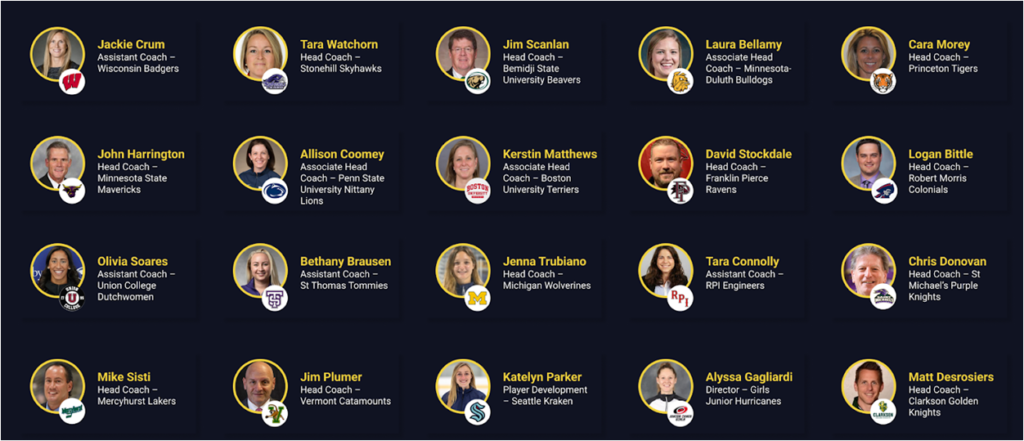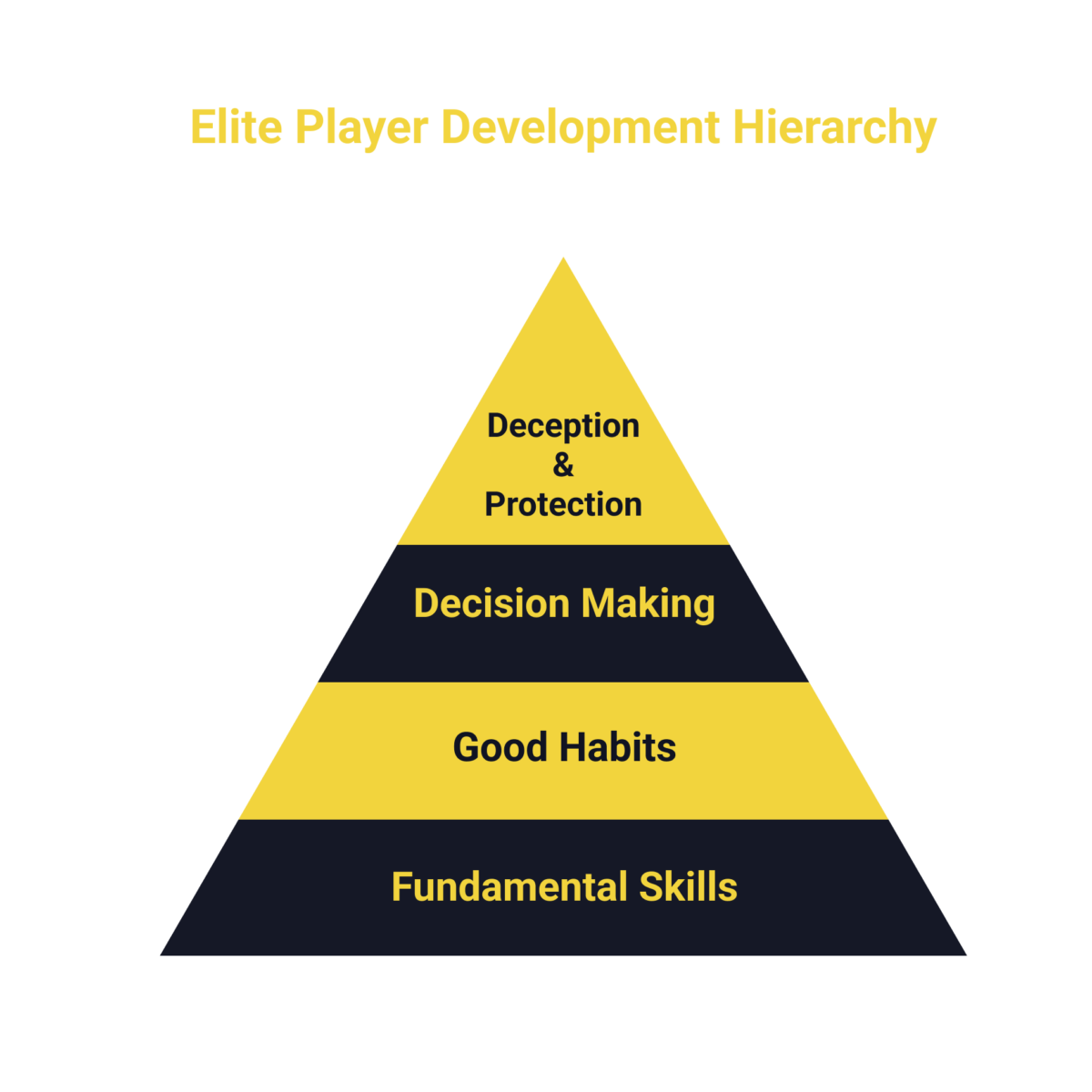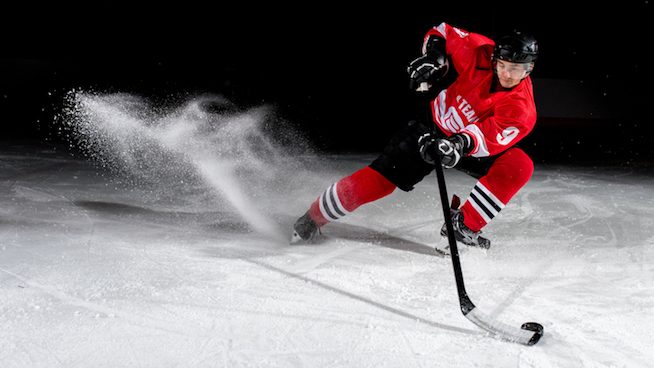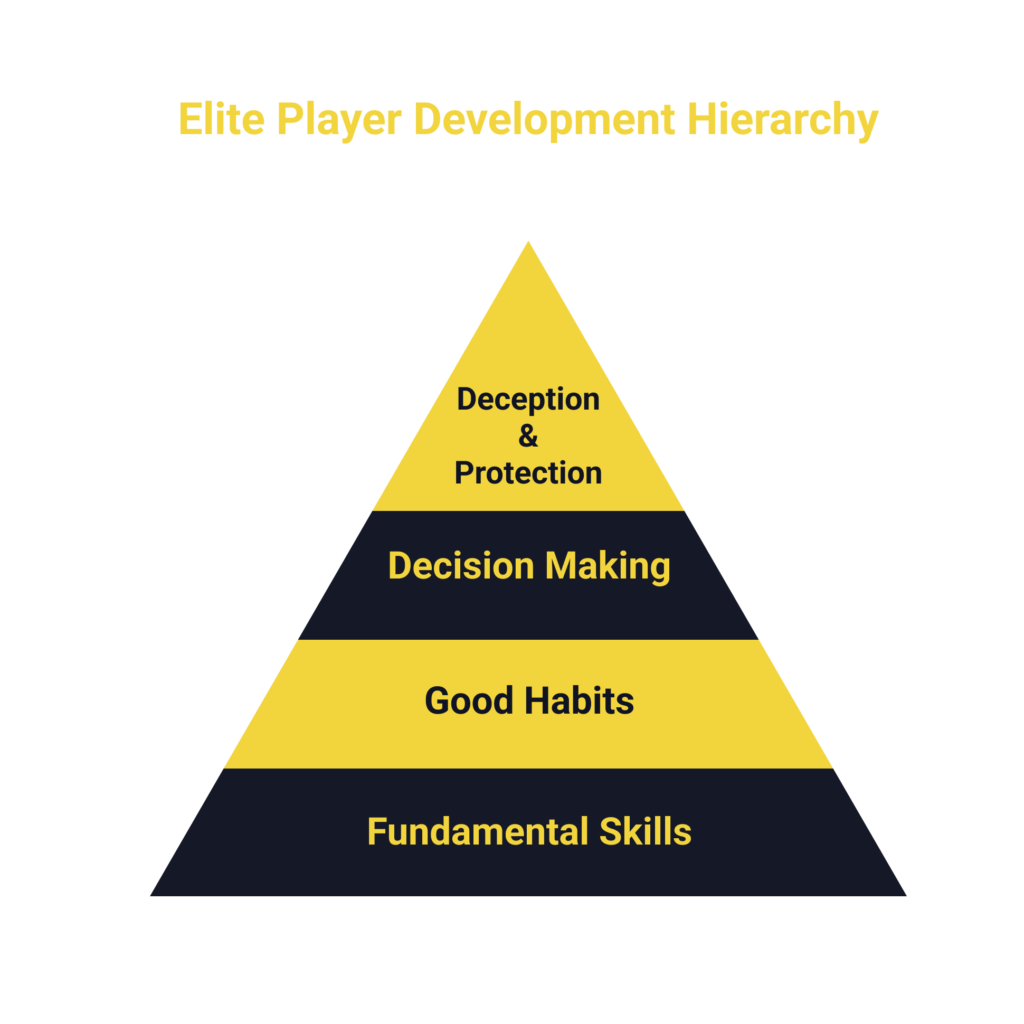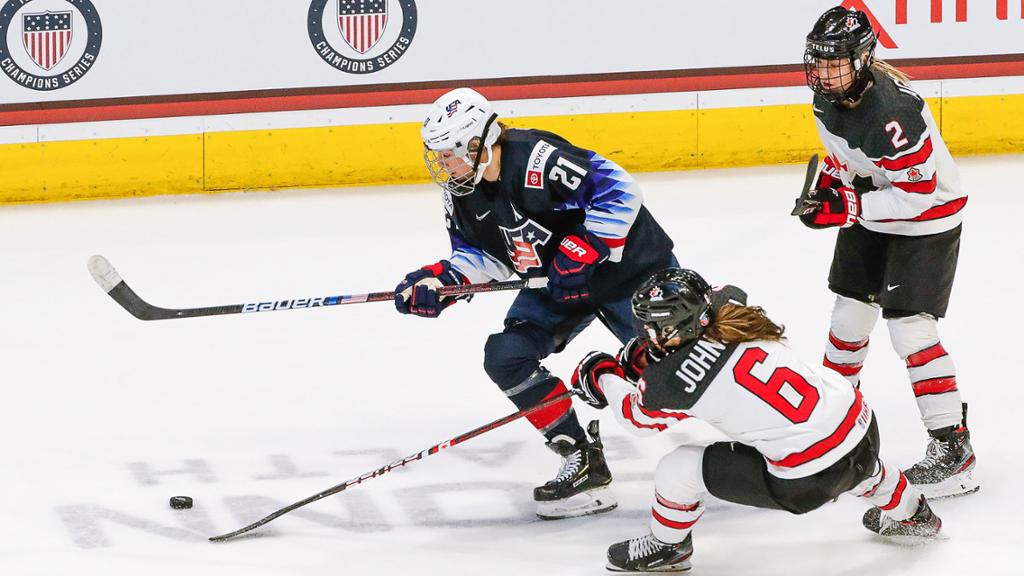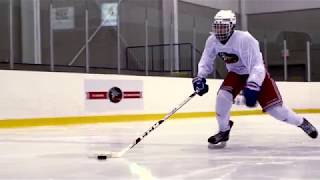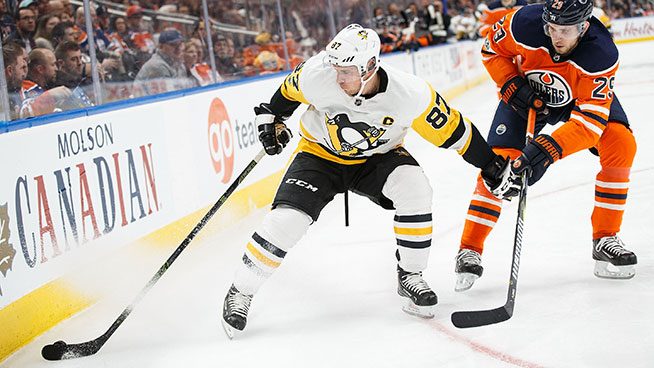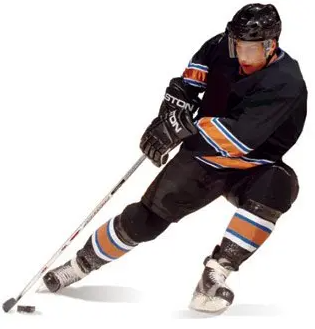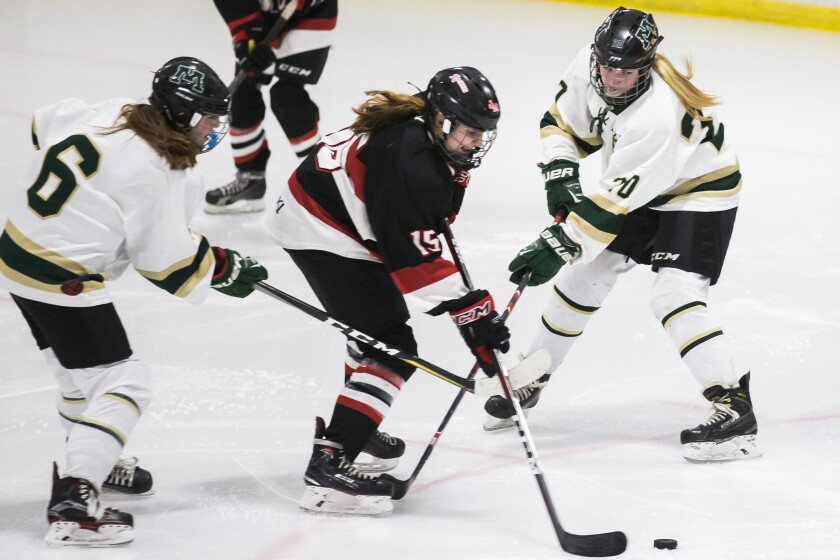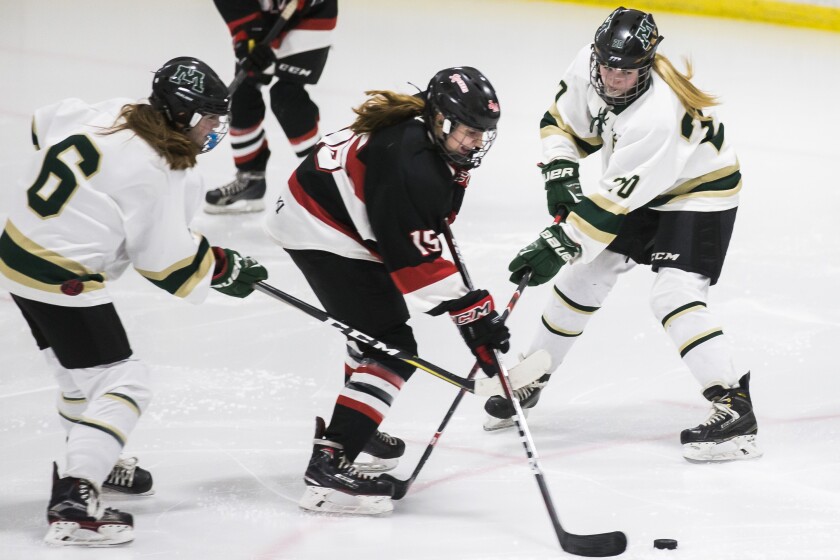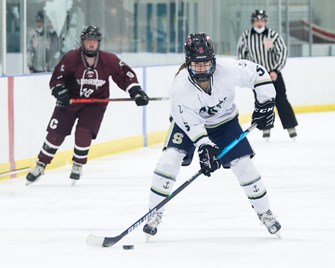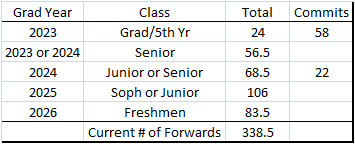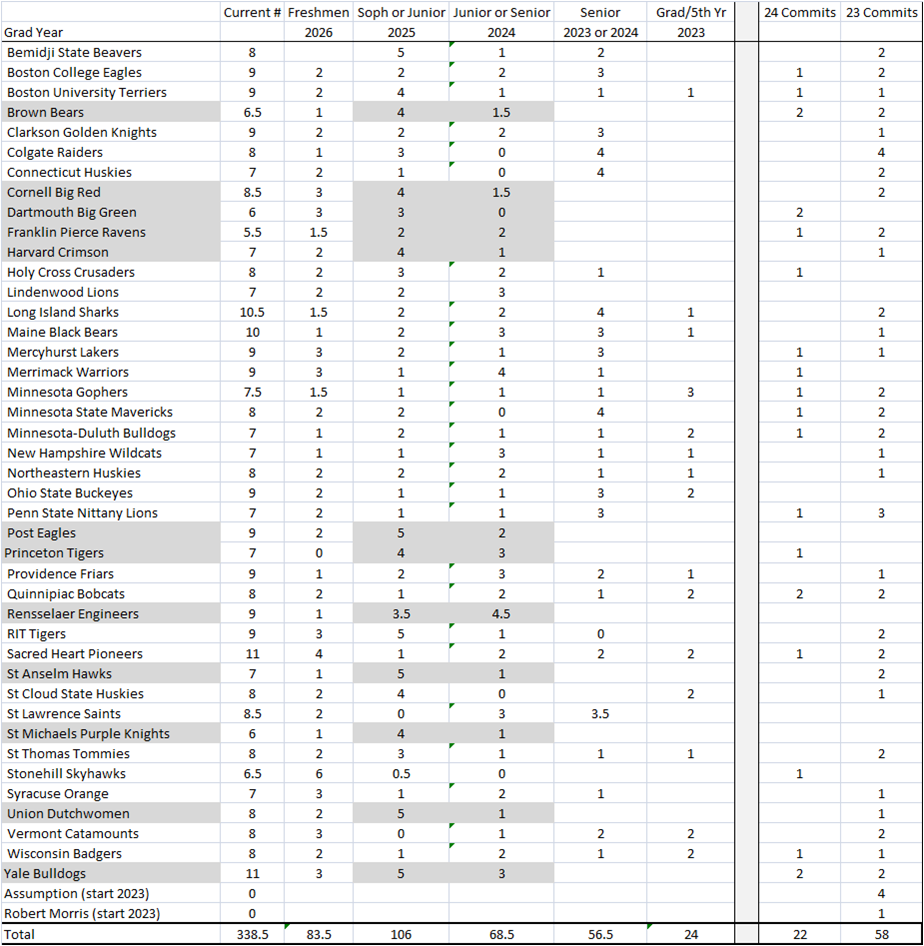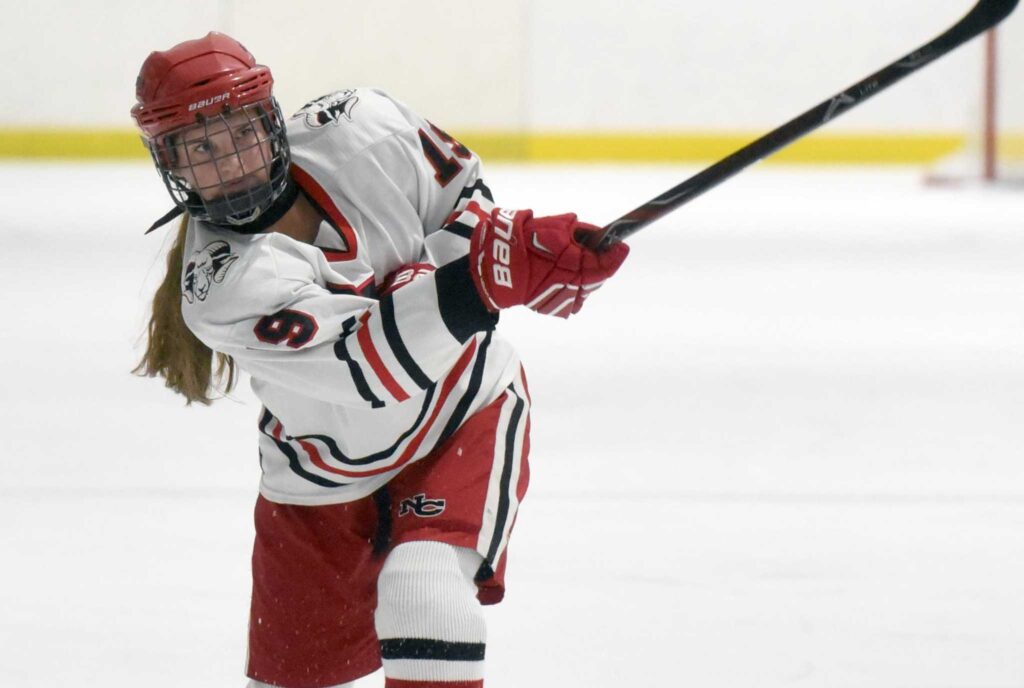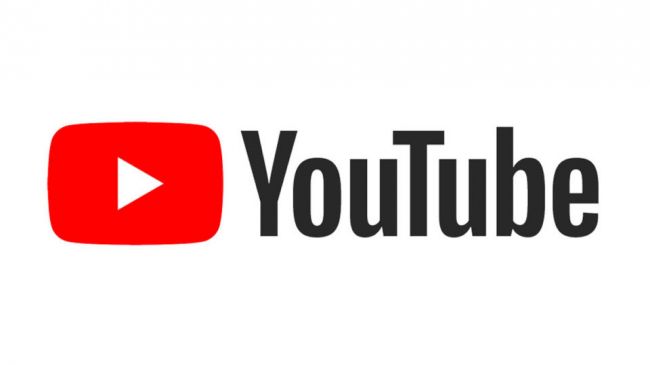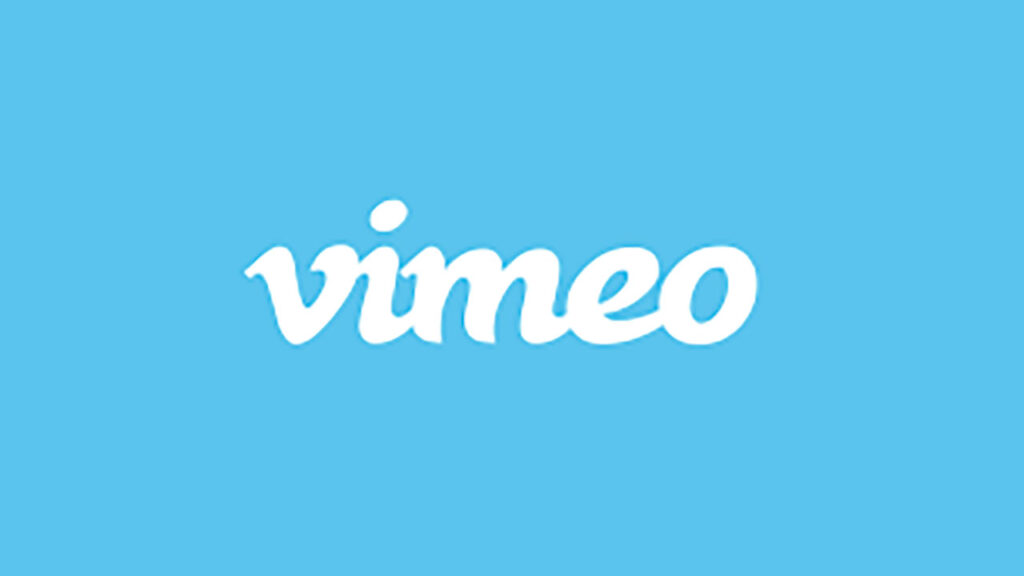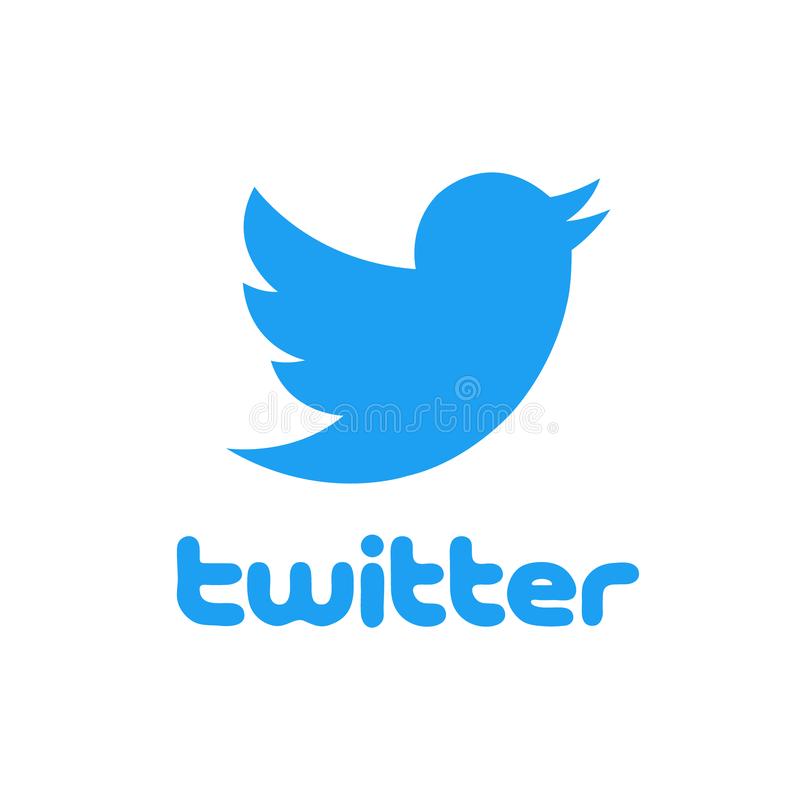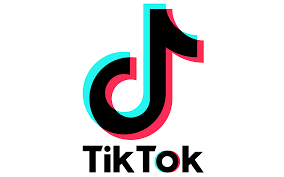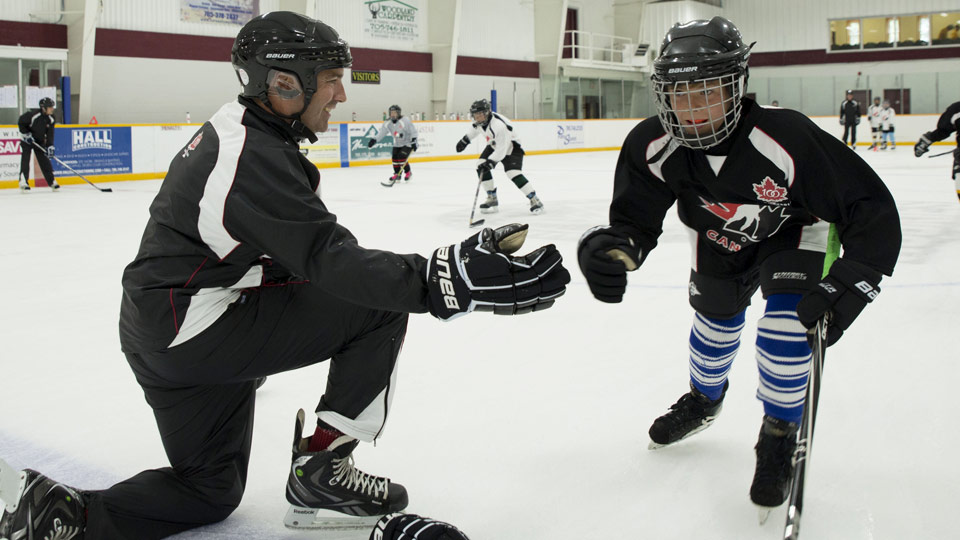
How I helped create a summer training plan for my kids
Since both my kids returned from school, I have been very focused on helping them figure out what to work on this summer. Each of them has a big tryout that they need to prepare for – in addition to continued development for next season. My kids are completely different players. One is a forward, the other defense. One is above average in size, the other is slightly under-sized. One is a lefty, the other a righty.
After re-watching 4 or 5 games for each kid from mid-to-late season I was able to identify several key areas that they had a pattern of underperforming. But then, since I am not really a hockey coach, I needed to figure out how they could improve their performance in those areas. Specifically, I followed the methodology I previously discussed about tracking high-frequency events and success rates based on the teachings of Darryl Belfry.
I am not sure we figured out the secret sauce, but I wanted to share my research methodology and how it translated into an action plan.
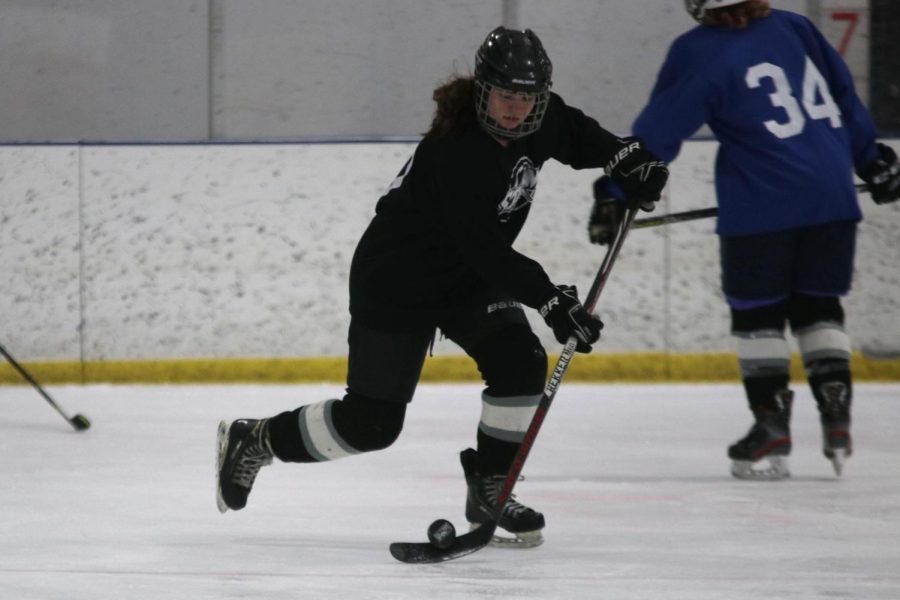
For each of my kids, I chose 2 or 3 players who I knew were clearly more successful in those key areas. All of them would be considered top players at the USA Hockey national level. As a result, finding historical video from those players either on HockeyTV, LiveBarn or from the recent USA Hockey Nationals was not difficult. Once again, I watched 3-5 games for those benchmark players to see how they handled the same key situations as my son or daughter. What I learned was enlightening.
To provide one specific example, I watched video via HockeyTV of Caroline Harvey (Olympic medalist and recent rookie of the year at Wisconsin) way back during her time at Bishop Kearney Selects through to her games at the U18 USA Hockey Development camp in 2019. Seeing how she handled similar game situations provided excellent contrast to my daughter’s play. The way KK could handle the puck and find time and space at that young age was truly impressive – and makes it very easy to understand why she is a generational talent.
For each player under analysis, patterns and insights emerge after 2 or 3 games. Each player is different, and I found there was at least one attribute for each player that made them special and worth emulating.
Note: this was not a one-day exercise watching all the games and collecting video snippets to review/ edit at a later time. It took several days to watch the video for each player.
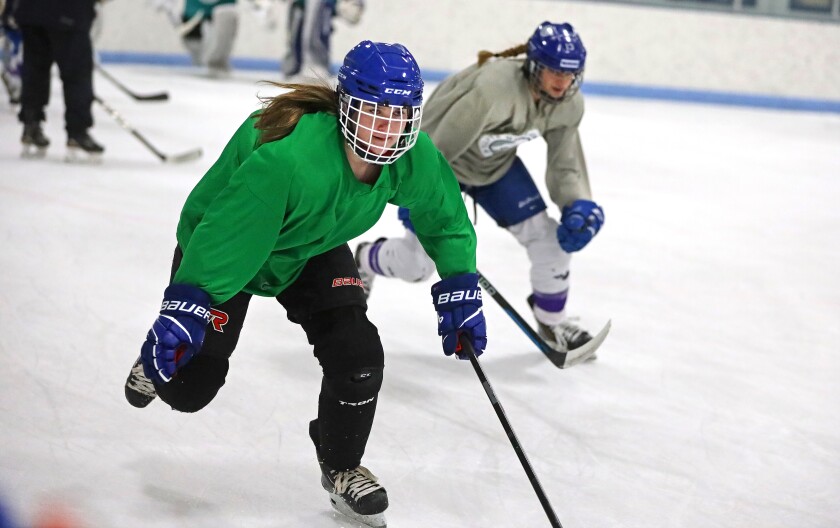
I then spent time individually with my kids over the course of a few days discuss with them the areas I recommended they focus on (most of them they already knew). This included showing them video of themselves not succeeding (which they did not enjoy) and then showing them clips of the benchmarked players completing similar situations successfully. We are still early in the summer, but both kids have been working on these areas by themselves and with their skills coaches.
We shall see how effective this whole process is when we get to the fall, since I have no expectations that my kids will see immediate results. But one of the key learnings for me about this whole exercise was not to depend on my kids’ team coaches for their development plans and how to implement them (as I have alluded to in a previous post about hockey development plans).
